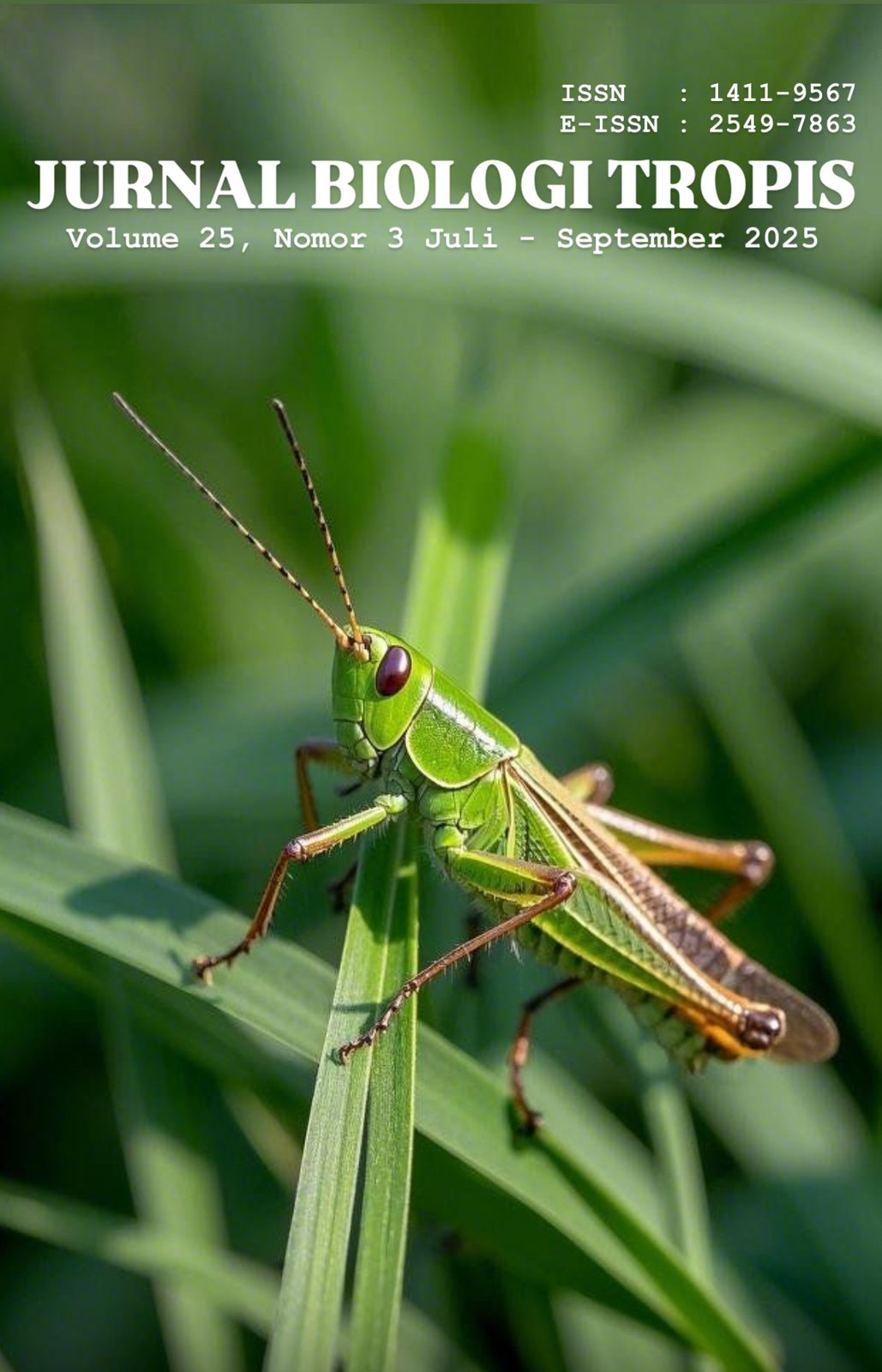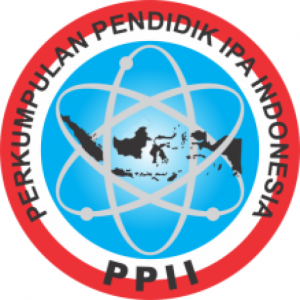Antibacterial Effect of Honey Against Pseudomonas aeruginosa in Chronic Suppurative Otitis Media Patients and ATCC Bacterial Strains in Vitro
Authors
Andi Imam Buchari Nasution , Devira Zahara , Harry Agustaf AsroelDOI:
10.29303/jbt.v25i3.9604Published:
2025-07-17Issue:
Vol. 25 No. 3 (2025): Juli-SeptemberKeywords:
Antibacterial, CSOM, honey, Pseudomonas aeruginosa, Staphylococcus aureus, zone of inhibition.Articles
Downloads
How to Cite
Downloads
Metrics
Abstract
Pseudomonas aeruginosa and Staphylococcus aureus are common causative bacteria in Chronic Suppurative Otitis Media (CSOM). Honey, as a natural substance, has shown antibacterial activity. To evaluate the antibacterial effect of honey at different concentrations on P. aeruginosa (clinical isolates and ATCC 27852) and S. aureus (ATCC 29213) compared to ofloxacin. An experimental in vitro study using post-test only design was conducted. Bacterial isolates from CSOM patients and ATCC strains were exposed to honey at concentrations of 60%, 70%, 80%, 90%, and 100%. Zone of inhibition was measured using the agar diffusion method. Honey exhibited significant antibacterial activity against all tested bacteria. The highest inhibition zones were observed at 100% concentration. Ofloxacin showed greater inhibition than honey in general, but honey still demonstrated moderate to strong activity. Honey has potential as a natural antibacterial agent against P. aeruginosa and S. aureus, and may serve as an alternative or adjunct treatment for CSOM.
References
Almasaudi Saad B., Alaa A.M. Al-Nahari, El Sayed M. Abd El-Ghany, Elie Barbour, Saad M. Al Muhayawi, Soad Al-Jaouni, Esam Azhar, Mohamad Qari, Yousef A. Qari, Steve Harakeh. (2017). Antimicrobial effect of different types of honey on Staphylococcus aureus. Saudi Journal of Biological Sciences. 24, page 1255-1261. https://doi.org/10.1016/j.sjbs.2016.08.007
Asroel, H. A., Siregar, D. R., & Aboet, A. (2013). Profil penderita otitis media supuratif kronis. Kesmas, 7(12), 567-571.
Cherkaoui, A., Renzi, G., Fischer, A., Azam, N., Schorderet, D., Vuilleumier, N., & Schrenzel, J. (2020). Comparison of the Copan WASPLab incorporating the BioRad expert system against the SIRscan 2000 automatic for routine antimicrobial disc diffusion susceptibility testing. Clinical Microbiology and Infection, 26(5), 619-625.
Cianciosi, D., Forbes-Hernández, T. Y., Afrin, S., Gasparrini, M., Reboredo-Rodriguez, P., Manna, P. P., ... & Battino, M. (2018). Phenolic compounds in honey and their associated health benefits: A review. Molecules, 23(9), 2322. 10.3390/molecules23092322
Dzulasfi, D. (2021). Uji Efektivitas Antibakteri Madu Lebah Hutan (Apis Dorsata) Terhadap Staphylococcus Aureus. Jurnal Kesehatan Yamasi Makassar, 5(2), 8-13.
Elissa, I. A., Mustikaningtyas, D., & Yuniastuti, A. (2020). Uji Aktivitas Antibakteri Glutathion terhadap Infeksi P. aeruginosa secara In Vitro. Life Science, 9(2), 186-193.
Hasanuddin, N. R., Mattulada, I. K., & Hasanah, A. U. (2023). Efektivitas madu hutan (Apis dorsata) dalam menghambat pertumbuhan bakteri Aggregatibacter actinomycetemcomitans. Sinnun Maxillofacial Journal, 5(02), 52-57. https://doi.org/10.33096/smj.v5i02.116
Hazaa, S. S., Rahmi, A. R., & Hasbi, N. (2025). Uji Aktivitas Antibakteri Honey Putih Sumbawa Ntb Terhadap Bakteri Pseudomonas Aeruginosa. Jurnal Kesehatan Tambusai. 5(4):11949-11958. https://doi.org/10.31004/jkt.v5i4.37666
Hosseini Sayid Javad, Sayed Reza Hosseini, Amirreza Jamshidbeigi, Gholam Reza Mahmoodi Shan, Fatemeh Hajiabadi, Masoud Abdullah, Mahbobeh Firooz. (2024). Aplikasi Lokal Honey untuk Manajemen Nyeri Pasca Operasi dan Hasil Terkait Pasca Operasi Tonsilektomi pada Anak: Tinjauan Sistematis dan Meta-Analisis. https://onlinelibrary.wiley.com/doi/abs/10.1111/coa.14276
Kaligis, C. J., Nangoy, E., & Mambo, C. D. (2020). Uji efek anti bakteri madu hutan dan madu hitam terhadap bakteri Staphylococcus aureus, Escherichia coli, dan Pseudomonas aeruginosa. eBiomedik, 8(1). https://doi.org/10.35790/ebm.8.1.2020.28704
Kumar, A., Mittal, S., Tyagi, A. K., Romesh, H., Varshney, S., & Malhotra, M. (2020). Efficacy of medical grade manuka honey in acute otitis externa: A pilot study. Indian Journal of Otology, 26(3), 151-154. 10.4103/indianjotol.INDIANJOTOL_28_20
Lubis, A. S., Herwanto, H. R., Rambe, A. Y., Munir, D., Asroel, H. A., Ashar, T., & Lelo, A. (2023). The effect of honey on post-tonsillectomy pain relief: a randomized clinical trial. Brazilian Journal of Otorhinolaryngology, 89, 60-65.
Miladiarsi, Ade Irma, and Tenri Ayu Adri. (2023). Aktivitas Antibakteri Ekstrak Biji Tarra (Artocapus Elasticus) terhadap Multidrug Resistant (Mdr) Pseudomonas Aeruginosa. Journal of Vocational Health Science. 2(2):79-96. p-ISSN : 2985-7090, e-ISSN : 2986-0113
Mullai, V., & Menon, T. (2005). Antibacterial activity of honey against Pseudomonas aeruginosa. Indian journal of pharmacology, 37(6), 403. 10.4103/0253-7613.19082.
Nurinsani, Akhmad Cita. (2019). Pengaruh Pemberian Propolis Dikombinasikan Dengan Cefadroxil Dalam Mempercepat Perbaikan Klinis Pada Penderita Otitis Media Supuratif Kronik Tipe Benigna. Tesis. Program Pascasarjana Universitas Hasanuddin. Makassar.
Priyono, H., Restuti, R. D., Kusuma, I., Harahap, A., Ascobat, P., Setiabudy, R., ... & Hidayati, A. P. N. (2024). In vitro activity of Manuka and Trigona honey on fibroblast and keratinocyte cultures. Oto Rhino Laryngologica Indonesiana, 54(1), 1-10. https://doi.org/10.32637/orli.v54i1.669
Purnama, F. M., Hestiyani, R. A. N., Widhi, A. P. K. N., & Wahyudin, W. (2024). Aktivitas Antibiofilm Propolis Lebah Madu Terhadap BakterI Pseudomonas aeruginosa. Mandala Of Health, 17(2), 308-317.
Ramzi, A., Oumokhtar, B., Ez Zoubi, Y., Filali Mouatassem, T., Benboubker, M., & El Ouali Lalami, A. (2020). Evaluation of antibacterial activity of three quaternary ammonium disinfectants on different germs isolated from the hospital environment. BioMed research international, 2020(1), 6509740. https://doi.org/10.1155/2020/6509740.
Sinulingga Indra Sapta Dharma. (2015). Efektivitas Antibakterial Honey In Vitro terhadap Pseudomonas Aeruginosa ATCC 27853.https://digilib.uns.ac.id/dokumen/detail/47029/Efektivitas-Antibakterial-Honey-In-Vitro-terhadap-Pseudomonas-Aeruginosa-ATCC-27853. Diakses 10 Februari 2025, pukul 15.33 Wib.
Suwito, W., Andriani, A., Amelia, I., Rohmayanti, T., Haris, H., & Karimy, M. F. (2024). Aktivitas Madu sebagai Antibakteri Staphylococcus aureusdan Escherichia ColiO157: H7. Jurnal Sain Veteriner, 42(1), 82-89. https://doi.org/10.22146/jsv.90498
Syawalludin, R., Sakit, R., Kamino, H., & Kanan, W. (2019). Kemampuan Madu Hitam Dalam Menghambat Pertumbuhan Bakteri Pseudomonas aeruginosa. Jurnal Ilmu Kedokteran Dan Kesehatan, 6(4), 309-317. https://doi.org/10.33024/jikk.v6i4.2258
Tikonuwu, B. A., Wewengkang, D. S., & Rumondor, E. (2024). Uji Aktivitas Antibakteri Ekstrak Alga Halimeda opuntia Dari Perairan Desa Poopoh Kabupaten Minahasa. Pharmacon, 13(1), 507-514. https://doi.org/10.35799/pha.13.2024.49364
Yuliati, Y. (2017). Uji efektivitas larutan madu sebagai antibakteri terhadap pertumbuhan Staphylococcus aureus dan Pseudomonas aeruginosae dengan metode disk diffusion. Jurnal Profesi Medika: Jurnal Kedokteran dan Kesehatan, 11(1). https://doi.org/10.33533/jpm.v11i1.206
Yunus, M., Sos, S., Nabbi, M. K., & Abbas, M. (2019). Uji daya hambat madu hutan murni (mei depuratum) terhadap pertumbuhan bakteri Staphylococcus aureus. Majalah Farmasi Nasional, 16(1), 6-12.
License
Copyright (c) 2025 Andi Imam Buchari Nasution, Devira Zahara, Harry Agustaf Asroel

This work is licensed under a Creative Commons Attribution 4.0 International License.

Jurnal Biologi Tropis is licensed under a Creative Commons Attribution 4.0 International License.
The copyright of the received article shall be assigned to the author as the owner of the paper. The intended copyright includes the right to publish the article in various forms (including reprints). The journal maintains the publishing rights to the published articles.
Authors are permitted to disseminate published articles by sharing the link/DOI of the article at the journal. Authors are allowed to use their articles for any legal purposes deemed necessary without written permission from the journal with an acknowledgment of initial publication to this journal.


























